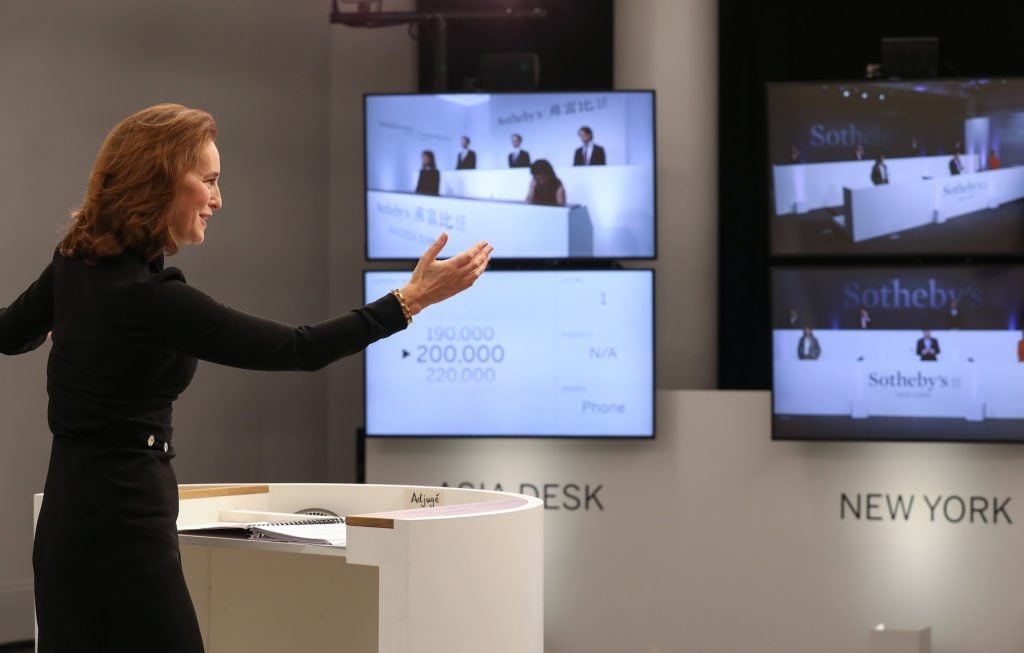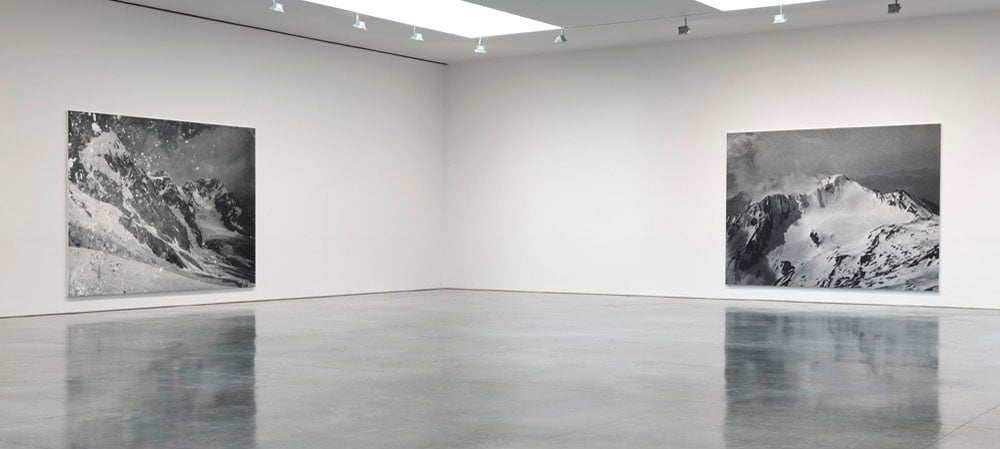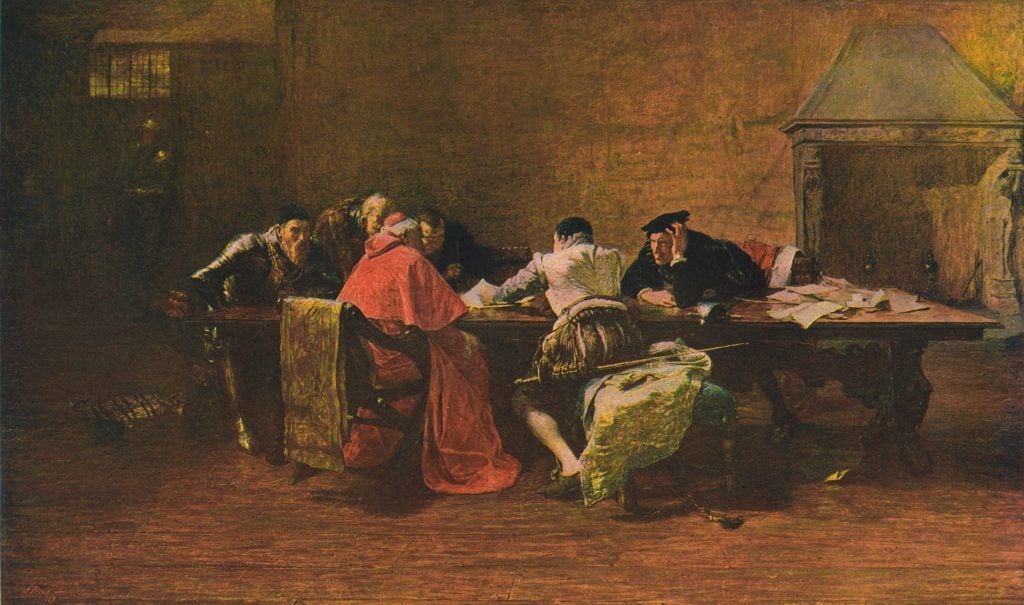Law & Politics
Looking to Hedge Their Bets in Unpredictable Times, Auction Houses and Consignors Are Locked in Tense Battles Over Contracts
The art market is getting a whole lot more cautious.

The art market is getting a whole lot more cautious.

Charlotte Burns

In any art market transaction, there are degrees of risk and, correspondingly, people willing to take it—under certain conditions. Those conditions are now being fiercely negotiated in consignment contracts as auction houses, sellers, and guarantors weigh the likelihood of events that once seemed remote, from pandemics to civil unrest.
“The auction houses, like everyone else out there, are much more attuned to the previously unthinkable—whether it be the global pandemic or even insurrection triggered by the president not leaving the White House,” says art lawyer Thomas Danziger of Danziger, Danziger & Muro, LLP.
Or, as another lawyer put it, “The auctions are no longer willing to assume risk on the unknown when the unknown keeps hitting them in the face.”
The art market motors on risk and stalls without it, and these heightened negotiations signify the extent to which the business has become ever more cautious this year. As well as the traditional fighting over who gets the bigger upside in a transaction, both sides are now competing to limit their potential downside.
But as has always been the case in the art market, what constitutes risk for some represents opportunity for others.

Helena Newman at Sotheby’s on October 21, 2020 in London, England. Photo by Tristan Fewings/Getty Images for Sotheby’s.
All this drama is playing out on a tiny stage: in the margins of contracts. Clauses that had previously been considered relatively benign—and were often left out when a consignor pushed back—have become fiercely negotiated in recent months.
The first is the MAC clause (which stands for Material Adverse Change, or the Material Adverse Effect), commonly tied to fluctuations in the stock market. The second is force majeure, which essentially releases parties from certain contractual obligations under circumstances that could be classified as acts of God, or beyond their reasonable control. (There is debate right now about the extent to which COVID-19 is a force majeure event, given that it has become our new reality. More likely to be considered are unforeseen events relating to the pandemic, such as further lockdowns.)
These days, sources say, the calculus for auction houses has changed: they want to strike the delicate balance of locking in consignors while giving themselves the maximum amount of latitude to withdraw works or cancel or postpone a sale. (Sotheby’s and Christie’s declined to comment for this story.)
Consignors, meanwhile, are also prioritizing the minimization of risk—sometimes over profit. One lawyer says that, whereas previously they might have negotiated for an enhanced hammer (to receive a percentage of the buyer’s premium on top of the hammer price), now some consignors are writing in options to withdraw works from sale should conditions materially alter.
“Both sides are navigating uncharted territory,” Danziger says. “No consignor who has a choice wants to be in the sale room on the day after the world comes to an end.”

Installation view of Rudolf Stingel at Gagosian in 2014. Photo: Rob McKeever.
This sensitivity to risk is also having a big impact on conversations around guarantees, which have been the oil greasing the art-market engine in recent years. Consignors today are increasingly phobic about releasing work to auction without the protection of a guarantee, but auction houses want to negotiate down their risk (or pass it along to a third party).
Plus, the events of 2020 have revealed that even a guarantee is no longer iron-clad. “Consignors used to feel like a guarantee was a guarantee—but they’re now coming to understand, as a result of the pandemic and political events, that force majeure and related clauses in certain consignment agreements can have real consequences and put the guarantee they thought they had at risk,” says Jon Olsoff, partner at Olsoff | Cahill | Cossu LLP.
Earlier this summer, a company affiliated with the Nahmad family of art traders sued Phillips after the auction house—citing the pandemic—pulled out of a deal to sell a work by Rudolf Stingel.
JN Contemporary Art had consigned the work, an untitled 2009 painting of a mountain range, to a “major spring 2020 evening auction,” according to court papers. Phillips agreed to guarantee a price of $5 million—but later notified Joseph Nahmad that it was terminating the contract after it postponed its sale.
Nahmad contends Phillips “disingenuously” used the health crisis as a “pretext” to back out “based on its belief that the current commercial market for works of art by Rudolf Stingel is not strong.” A spokeswoman for Phillips confirmed that the case is ongoing.

Treason, 1867 (circa 1902). After a painting in the Museums Sheffield collection. (Photo by The Print Collector/Getty Images)
These contract negotiations and ensuing uncertainties around guarantees add further layers of nuance to the art market—and contribute to its increased financialization. The buck-passing of risk is already impacting the supply chain. “The sales are becoming very dull and very commoditized,” says one secondary-market dealer. “You could almost pick balls from the art auction bingo: write a list of artists you think will be in the sale and, bingo, they’re there.”
Still, as in any business, it is likely that where some fear to tread, others will rush in. The auctions are weighing caution with competition; notably, the hybrid consortium of powerhouse dealers Gagosian, Acquavella, and Pace, which together formed a new alliance called AGP earlier this year with the specific goal of vying with the auctions for estates. Their first big “get” was the $450 million collection of works from the prestigious estate of former Museum of Modern Art board president Donald Marron in February.
“Now you’re seeing some sellers choose galleries over auction houses for some works because you can set a certain price and, assuming that you can be patient, wait for the right buyer rather than risk a low hammer on a bad day,” says art lawyer David Baum, founder of Baum LLC. “If I was selling a major work right now, I’d think very much about that dynamic.”